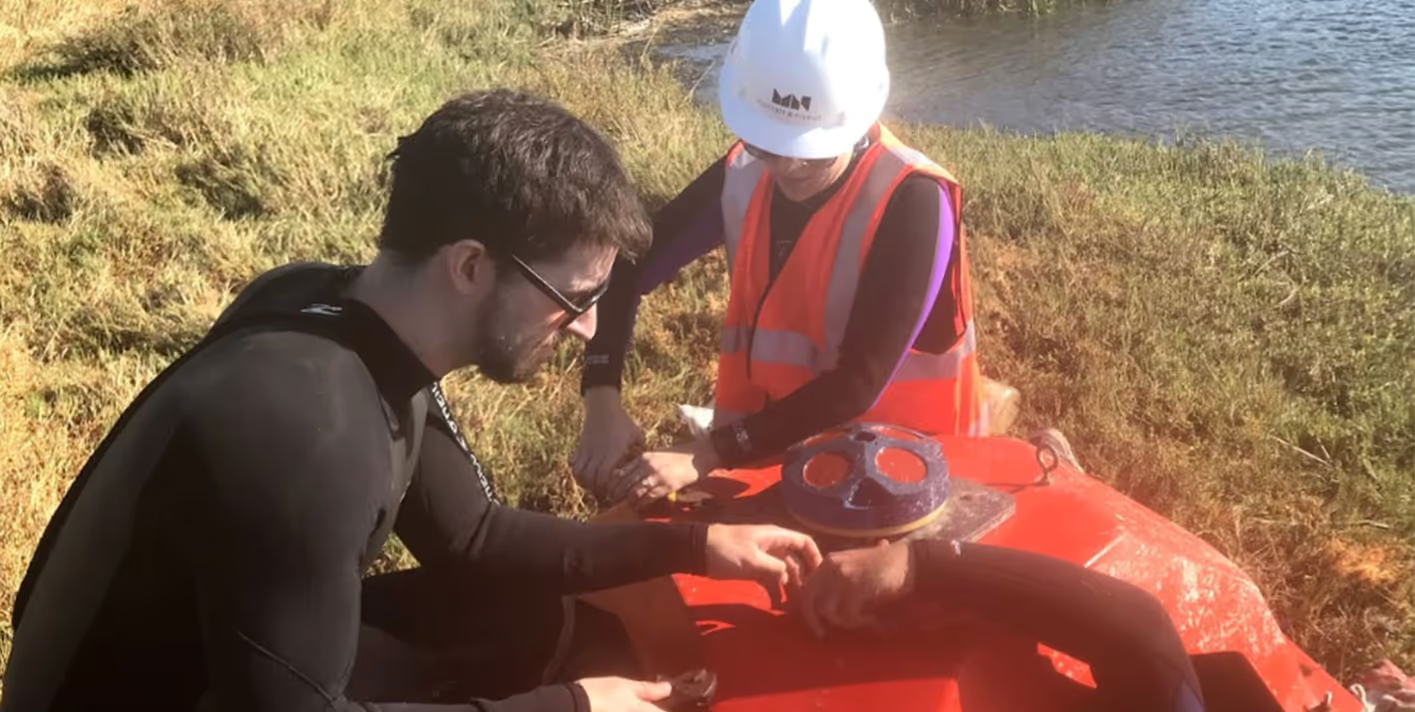
San Elijo Lagoon, one of the few remaining coastal wetlands in San Diego County, provides vital habitats for resident and migratory wildlife and sensitive, threatened, and endangered plants.
The area also offers recreational opportunities to the surrounding community. Unfortunately, 20th century economic development took its toll on the lagoon and its ecosystems. The urbanization of the lagoon’s watershed introduced sediment, nutrients, and bacteria to be introduced into the lagoon; it also demanded the addition of transportation infrastructure, and disposal of sewage sludge. All contributions negatively affected the lagoon. Construction of US Highway 101, Interstate 5, and a railroad line through the lagoon has resulted in constricted tidal and storm flows. Sewage sludge was disposed of in the lagoon contributing high concentrations of nutrients and bacteria. Upstream inputs led to the lagoon being 303D listed by the Water Board for sediment, bacteria, and nutrients. The modification of the original full tidal system, along with direct effects of urbanization upstream has led to degraded habitats and impaired water quality.
Moffatt& Nichol performed all preliminary engineering, led the team for environmental review and permitting, and completed final engineering for this very large-scale restoration project. We provided lagoon modeling to address hydrodynamics, sedimentation, and water quality. Moffatt & Nichol also provided shoreline modeling and analyzed surfing for impacts of sand placement. The objective was to enlarge, deepen and length lagoon channels to improve tidal circulation and flushing for improved water and habitat quality. Restoration consisted of nearly 500,000 cubic yards of sand dredging from a pit and placement on the beach and backfilling of the pit with the same amount of lagoon muds from the channel system. Our team monitored the site during construction and is the designated five-year post-construction monitor.


